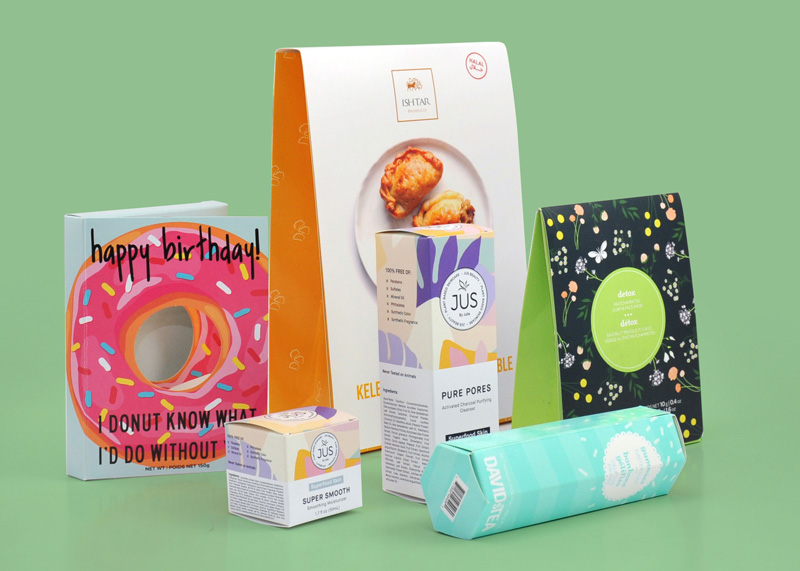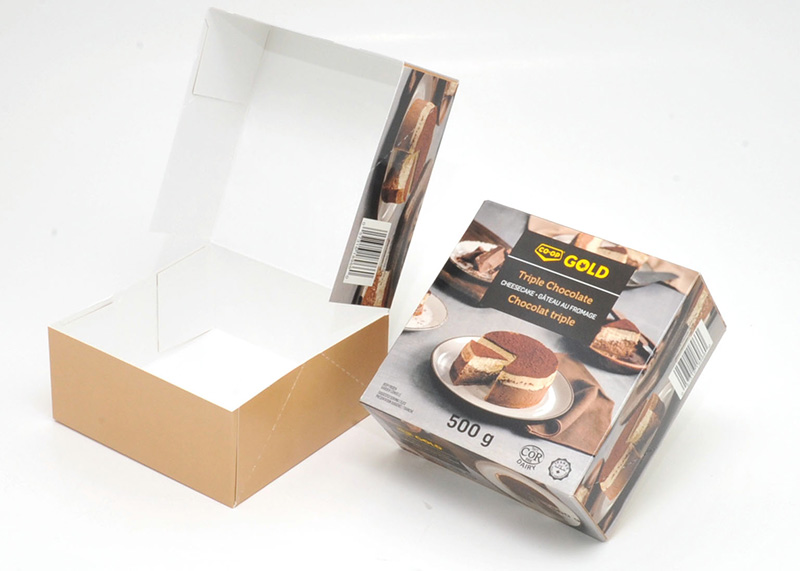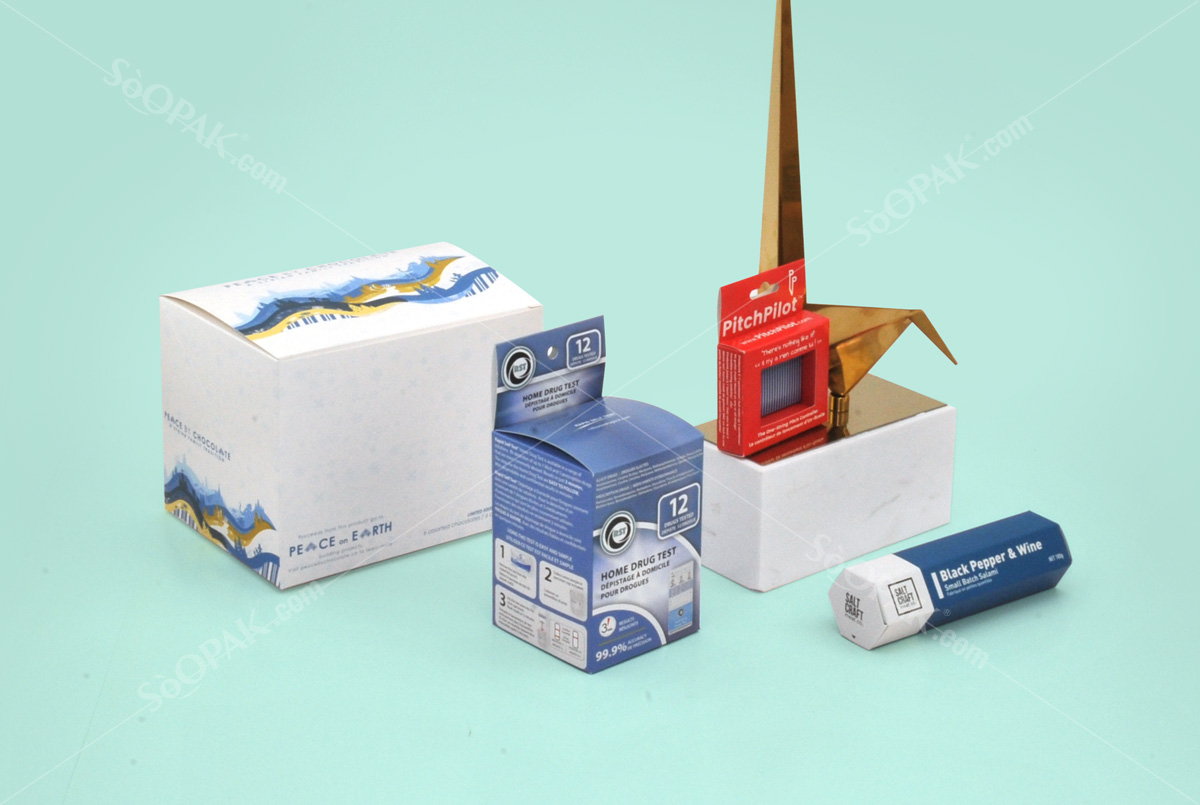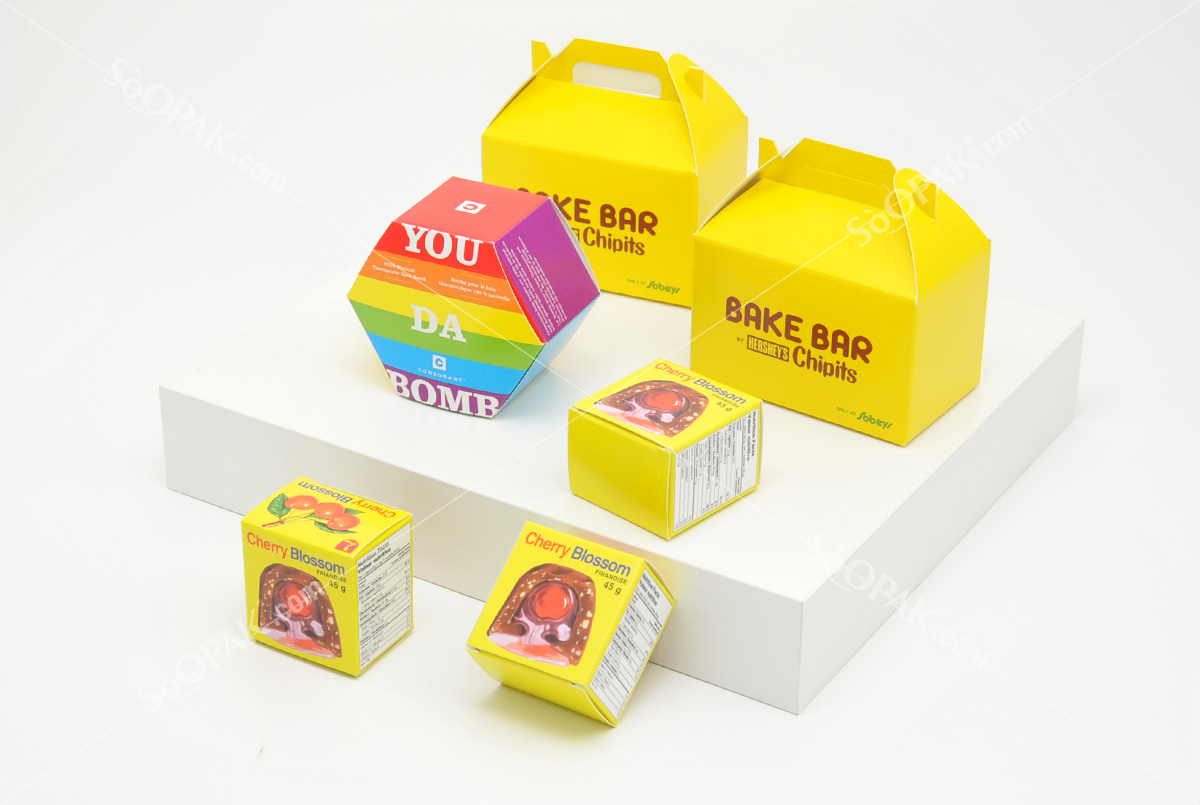Contrary to popular belief, it doesn’t take a million dollars to build an empire. The truth is that every empire starts from the ground up. If you’re nearer to the field right now than you are to the skies, don’t worry.
While it might help to have a million dollars, for apparent reasons, building your company doesn’t necessarily depend solely on how large it is. A good idea goes a long way. It has added to the fact that companies often take ‘inspiration’ from other competitors’ designs. However, this isn’t what they can do if it comes down to the packaging.
With packaging, companies can be called out to plagiarize an idea. Nobody needs lousy press – the only media that anyone is getting here is the company with the unique product design. Hopefully, that’s you and your brand.
Minimalism: Going Green with Minimalist Packaging Design:
The terms ‘sustainable’ and ‘green’ are used in association with one another and encompass the same thing – making a change. For the past decade or more, companies (especially packaging companies) have realized the grave importance of keeping their products eco-friendly and have taken the necessary steps to make the transition.
How exactly does this tie-up to minimalism? Well, minimalist packaging is a sure-fire way to achieve eco-friendly status. Additionally, minimalist packaging is proven to have a profound effect on consumer’s purchasing choices.
Best Materials for Minimalist Packaging Designs:
When it comes to minimalism, there are many options to explore. However, not every opportunity is a viable one when it has to be related to your brand. Hence, you need to pick the absolute best. The following is a list of materials for your minimalist needs:
1. Kraft Paper:
Kraft paper is slowly becoming the aesthetic demand of the century. The brown paper is produced from 100% virgin fiber paper and is renewable, biodegradable as well as recyclable. Kraft paper is mostly used in packaging food and drink products but can be manipulated in several ways. Given as to how it’s taint-free, resilient, and suitable to meet high-quality print demands.
2. Solid Bleached Sulphate:
What do you get when you mix bleached virgin wood with a synthetic pigment? Besides a lot of ‘huh?’s, You’ll get a sustainable product termed as SBS. This packaging material is entirely white from the inside out and can be cut, creased, embossed as well as hot foil stamped. If you’ve ever gotten a pack of chocolates, odds are you’ve seen this material.
The primary reason why this product has gained popularity amongst minimalist creators and sustainable packaging manufacturers alike is the fact that it is entirely acid-free and has no smell or taste.
SOOPAK:
If there’s one company out there that’s entirely driven and dedicated to providing its consumer base with cost-effective, eco-friendly, and sustainable products – no company comes in mind faster than SOOPAK. Talk to our experts today!




